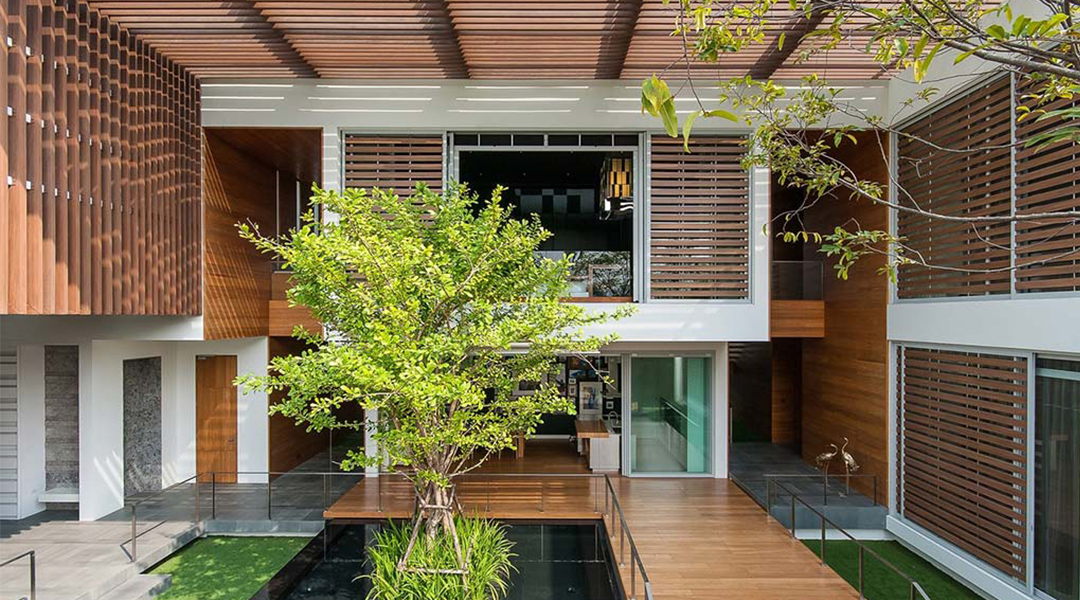
Why are Sustainable Homes Vital in The Philippines?
Storms, like typhoons, form when winds blow into areas of the ocean where the water is warm. They can be destructive to the areas they hit. The Philippines has the hottest ocean temperatures in the world, which reach above 28°C, the minimum temperature for typhoon formation. This makes the country prone to typhoons, experiencing about 20 typhoons per year on average.

Photos from Rafael Gamo & JSa Architects
Several typhoons have caused severe damage to some parts of the Philippines over the years. Super Typhoon Yolanda, internationally known as Haiyan, was the strongest typhoon in the country so far. It hit the archipelago in 2013, causing severe damage to the Visayas group of islands. In 2021, Super Typhoon Odette (internationally Rai) brought torrential rains, violent winds, floods, and storm surges to the Visayas and Mindanao Islands. Recently, another super typhoon hit the country, battering the main island of Luzon. Typhoon Karding (Noru) made its landfall in Burdeos municipality on the Polillo islands, part of Quezon province.

As the world faces climate change, the temperature continues to rise which heats the oceans surrounding the country. This can lead to stronger, more frequent typhoons in the future. As a typhoon-prone country, it’s wise to invest in more sustainable homes that can withstand extreme weather conditions.
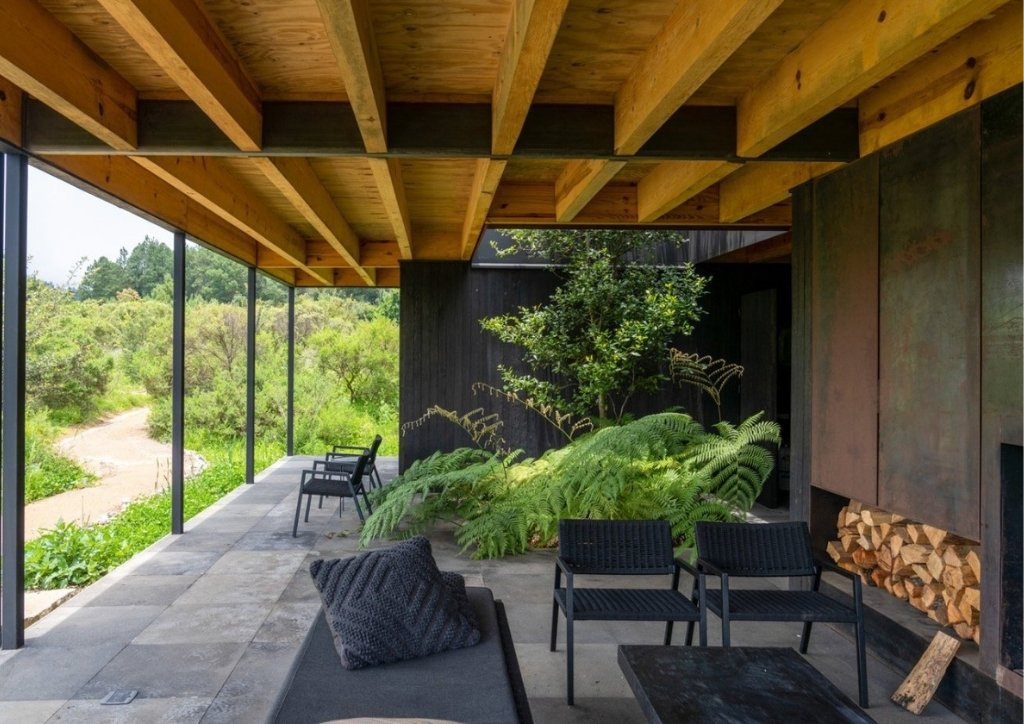
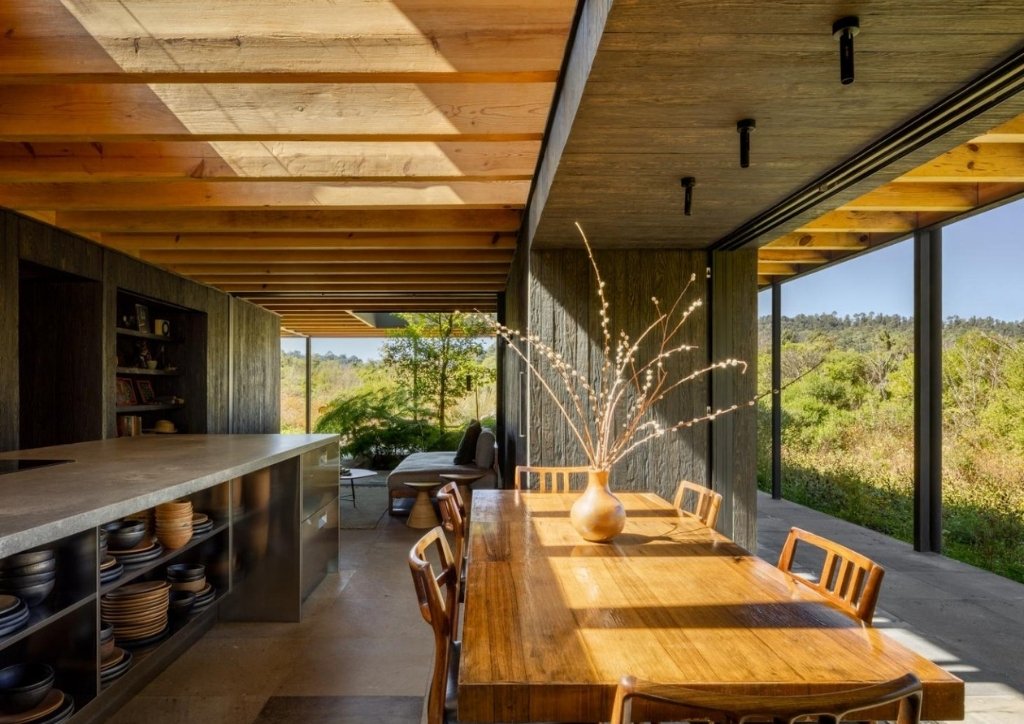
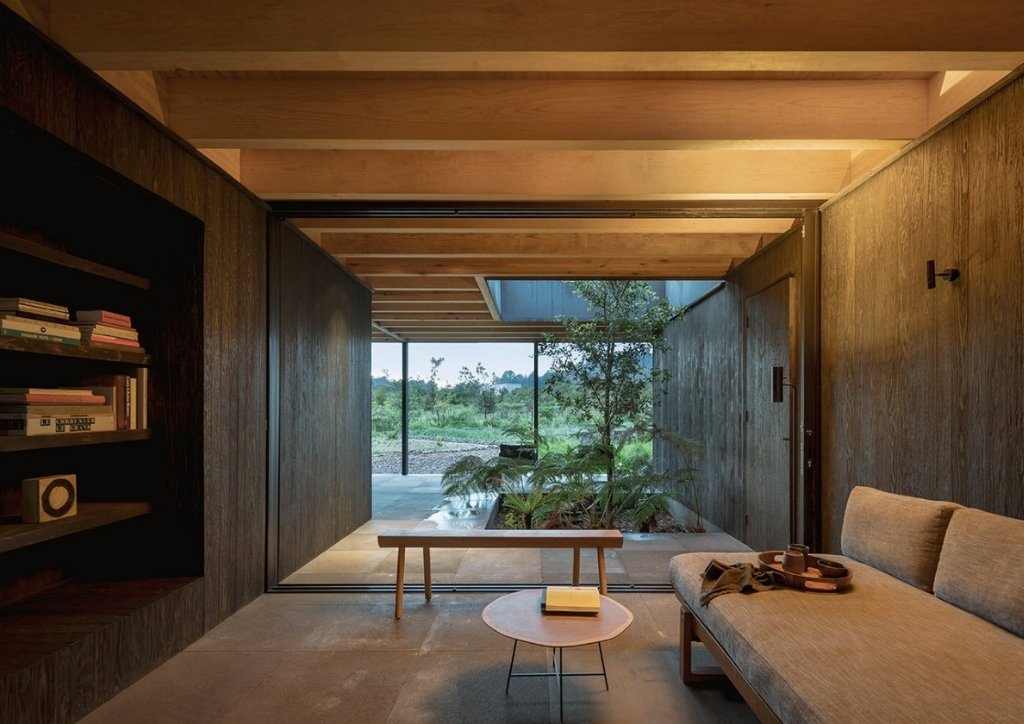
Photos from Rafael Gamo & JSa Architects
Sustainably designed homes are becoming more common in many countries, including the Philippines. When talking about sustainable architecture, however, it is often overlooked its advantage when it comes to natural disasters like typhoons. Architect Cathy Saldana, Managing Director of PDP Architects, shares with BluPrint that a sustainable home bears an imprint for the future.
“It is almost a future-proof home that has the green elements and resiliency features in its architecture, engineering, and interiors. As our country is one of those listed to be most affected by climate change, it is imperative to have this type of design imprint on any home – urban or provincial, small or large,” she adds.
But how can a sustainable home withstand extreme weather conditions, like typhoons, that frequently hit the country? According to Architect Saldana, wind and rain are considered in the computations for engineering and the basic components for architecture when designing these kinds of homes.

Several design features can help a home become more resilient with minimal impact on the environment. For Architect Saldana, these include
- Having deeper and wider eaves
- Using durable, double-paned, and framed adequately glass
- Waterproofing must be in place and all seals are intact
She also emphasizes the importance of location and siting of structure as these considerations spell the difference between risk and safety. Architects need to study the location of the site to understand the needs of the design to create weather-proof buildings with less carbon footprint.
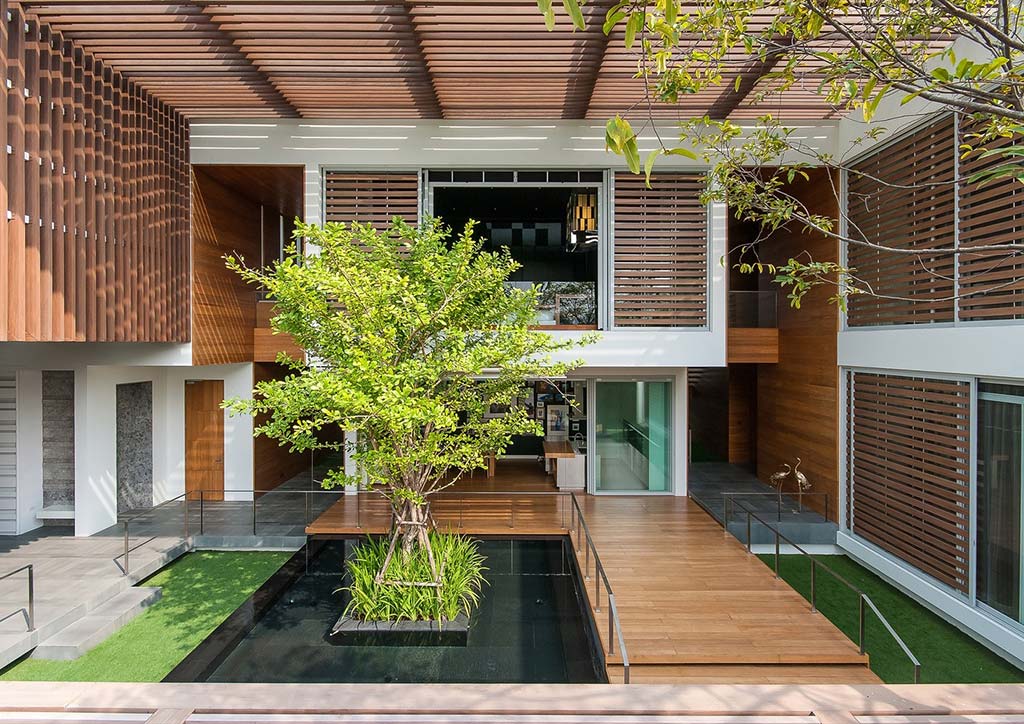


Photos by Ed Simon
The cost of sustainability, meanwhile, can be a hindrance for architects, contractors, or even clients to invest. For some, paying a little extra won’t hurt as long as they’ll reap the benefits in the long run. Architect Saldana also points out that designers and developers should not make excuses. She highlights that costs for green implementations have already been reduced, making it easier to build green.
Given the pressing climate problems, sustainable design must become a norm in architecture. For Architect Saldana, “all sustainability design concepts must be standards and not merely design features. It is a must that all we design must be sustainable and green from hereon.”


